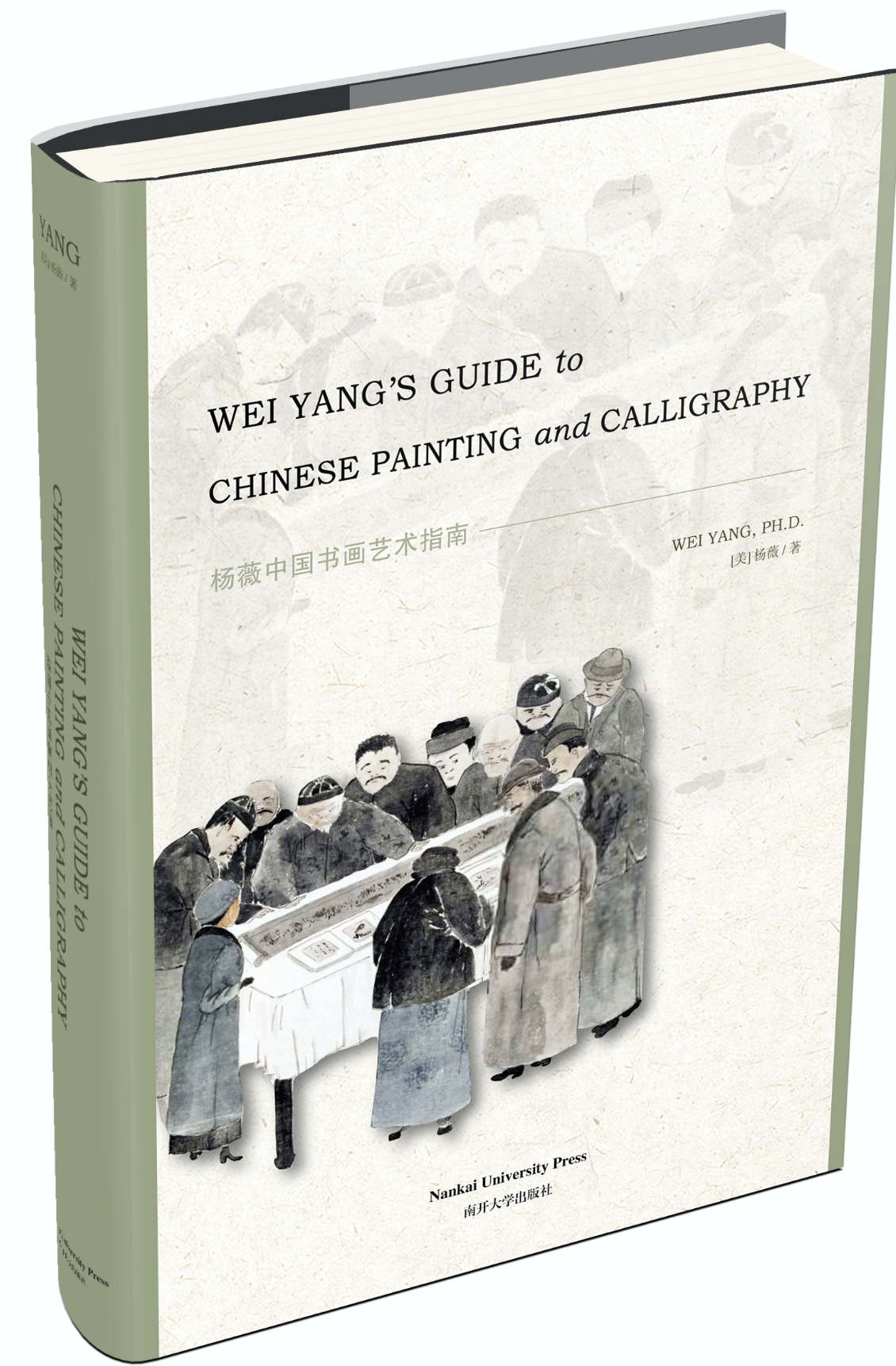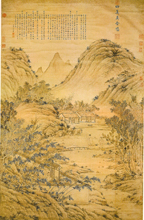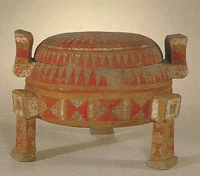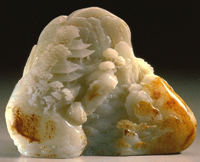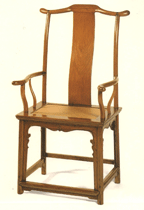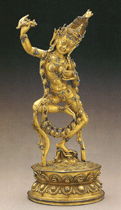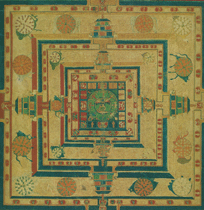BOOKS & ARTICLE BY WEI YANG
Dr. Wei Yang is a lifelong educator and writer on Chinese art connoisseurship and valuation. Over the past few years, Wei Yang, Ph.D., has been preparing three English reference books on the connoisseurship and Appraisal of Chinese Art. Even now, both experts and the general public face a dearth of good reference works on Chinese art. Dr. Yang’s new work is designed to assist professionals (appraisers, sales agents, legal counsel, consultants) as well as collectors and the general public in mastering the basics, learning the skills and developing expertise in the appraisal of Chinese art. These publications are based on Dr. Yang’s research notes as well as knowledge gained in specific assignments over the course of her career. Each book addresses the history and main features of the medium, techniques and materials, cultural traditions, aesthetics and art criticism. The books wed these subjects to a comprehensive, practical, and objective appraisal methodology appropriate to the subject matter and accessible to newcomers. Wei Yang’s three guides cover traditional painting and calligraphy (2022), ceramics (forthcoming) and jade (forthcoming).
Wei Yang’s Guide to Chinese Painting and Calligraphy 2 volumes (Nankai University Press, 2022) (Available at AMAZON) is now the standard reference for the appreciation and appraisal of Chinese painting and calligraphy prior to 1911. Focusing on connoisseurship, art criticism, valuation criteria and market trends, it discusses issues fundamental to the identification, dating, ranking and authenticity of classical Chinese fine art. It provides original, workable guidelines for valuing classical Chinese painting and calligraphy. General topics include medium, format, painting techniques, classical scripts, inscriptions, seals and market trends. Most of the book covers biographies and artistic analysis, in chronological format, of 293 leading painters and their representative paintings. For each artist, the author explains their style, subject matter and evolution over time, as well as market appreciation and recent sales results. Overall, this guide aims to remove the mystery from understanding and appraising classical Chinese painting and calligraphy and to guide the reader through a comprehensible system of professional judgment.
FIVE MERITS OF THIS BOOK:
1) Learning from the best if you intend to launch a solid new appraisal speciality. Dr. Yang writes from her own hand-on working experience as a practicing Chinese art appraiser, litigation consultant and testifying expert witness since 2005.
2) Developing a competent appraisal specialty in Chinese art is possible if you follow a guided and systematic study of Chinese art traditions, visual aesthetics, craftsmanship and connoisseurshilp, forming the foundation of your Chinese art specialty
3) Learning the effective appraising techniques and familiarizing yourself with the classical forms of Chinese writings (standard, semicursive, cursive, clerical and seal scripts) from the perspective of a trained Chinese art historian are essential in separating the original from the fake, strengthing the backbone of your professional credibility
4) Applying an objective qualitative ranking criterion in ranking the quality of a classical Chinese painting and calligraphy among its equals, highlighting the reliability of your value conclusion
5) Finding references on important Chinese painters of dynasties (prior to 1911), ranging from biography, artistic affiliation, signature features, seal styles, masterpieces, forgery issues to market desirability, contributes to the efficiency of completing an appraisal assignment on time
Topics discussed in this book may not answer every question you have about evaluating a classical Chinese painting and calligraphy, they will certainly form a strong base for you to advance your expertise in assessing the quality of Chinese fine art. Most importantly, the set of new skills you learn from the Book can be extended to the appraisal of modern and contemporary or new classical Chinese painting and calligraphy since Chinese painters use the same writing tools (pointed brush), similar painting techniques (shading methods and linear quality) and visual language in articulation, sufficient to apply the newly-minted analytical skills to shine in deposition, effective in giving testimony when you serve as an expert witness for litigation.
Learning from the best is the most effective way to sharpen a desired expertise in a very short period of time. A wise professional would not try to reinvent the wheel but to make the wheel function better via analyzing the flaws in the predecessor's methodologies, improving them and making them your own.
This Book aims for helping art professionals interested in developing a new expertise in Chinese art with efficiency, knowledge and competence, because it is written by a Chinese art historian by training (Ph.D.) and a practicing art appraiser with two Accredited Senior Appraiser (ASA) designations (Asian Art and Appraisal Review and Management). Dr. Yang has walked on the path of learning a new expertise after receving a Ph.D. degree in Chinese Art and Tibetan Art in 2005, transformed herself into a competent Chinese art appraiser, and served as an effective Chinese art expert witness for litigation.
This Book offers the most effective method in developing a new expertise in Chinese fine art. Dr. Yang is writing from her own hand-on experience in practice, targeting some practical obstacles, such as authenticity, aesthetics, techniques, signature and seals, in the appraisal of Chinese painting and calligraphy.
"Five Mistakes in Appraising Premodern Chinese Paintings," ARM E-Journal 5, no. 1 (2021): 58-62. This article discusses the complexities of traditional Chinese painting, cultural traditions and visual aesthetics. It comments on how to avoid the five most serious errors in assessing the value of classical Chinese paintings. Some of these problems are particular to Chinese painting, but most crop up in other forms of valuation.
Desert Bloom (Shazaohua de gushi) (Beijing Publishing House, 2021), Wei Yang's Memoir (in Chinese), is a heart-warming testament to the amazing people who made possible her journey from the difficulties of the Cultural Revolution (1966-1976) to a career in China, education abroad, and new achievements in the United States. Like others, Wei Yang faced many challenges, beginning with failure in the college entrance exam when she was 16. But owing to the love and support of others, she built a career in art education in China, earned degrees and honors abroad, worked in academia, and founded a successful art appraisal practice in America. This book offers beautifully-drawn vignettes of family devotion, kindness of friends and support from mentors—in many walks of life and from many cultures. Available at Amazon We meet your consulting and appraisal needs with professional dedication. Our objective analysis of your property and its target market is particular important if you have limited knowledge of the art market. A well-researched appraisal report tailored to meet your individual needs will inform you, educate you, and help you achieve your goals with the knowledge of an insider. We aim to provide you with quality professional Chinese art consultation and Asian art appraisal services at a cost you can afford. Need quality Asian art consultation and appraisal? please Contact Us
